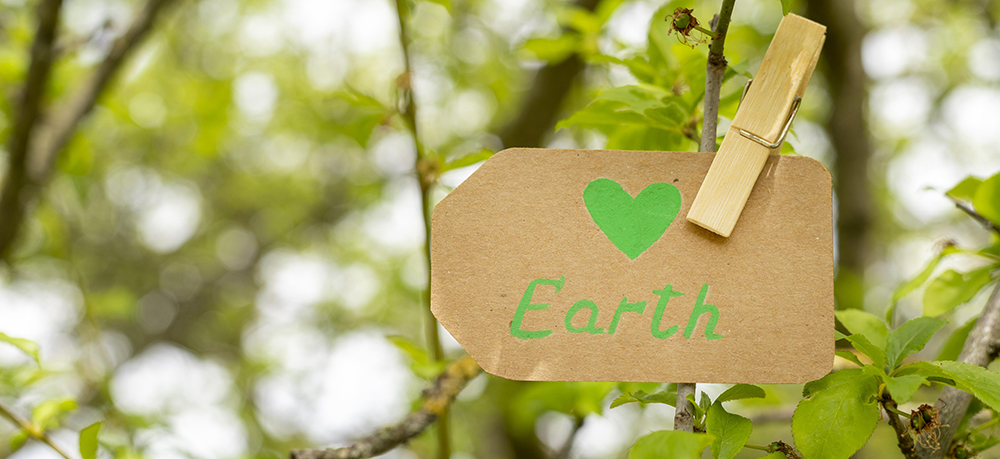IT'S NOT EASY BEING GREEN – BUT WE CAN CHANGE THAT
The recent crisis has made us all review the way we live our lives in some shape or form. Without getting too introspective, although the impact of the pandemic on our potential freedom and mortality has not radically changed the way I look at certain things, it has definitely made me far more appreciative of them.
One such area is the environment. The immediate change in our ecosystem was enlightening during the initial lockdown and whilst this hasn’t been forgotten in many quarters, other factors may have temporarily forced it down the agenda. This is understandable in such an uncertain world but it’s important to continue highlighting certain areas of this all-important environmental crusade when and where we can.
Green mortgages have steadily grown in popularity in recent times but this remains a relatively niche concept within the lending community. With this in mind, it was good to see a renewed focus on this area with the Intermediary Mortgage Lenders Association (IMLA) releasing a report entitled ‘The future of the green mortgage market’.
The report highlighted the importance of Government-led initiatives in stimulating activity and demand within this area. When focusing on the influence of lenders, it found that 74% of lenders expected green mortgages to become a larger part of the wider mortgage market in the future. And as many as one in ten advisers were already said to have noticed a rise in interest for these types of mortgages since the Covid-19 crisis.
Meanwhile one in five homeowners said they would be willing to pay an extra £100 a month for a mortgage if it helped to lower their carbon footprint. Indeed, this enthusiasm was driven by the opportunity to save money on energy bills (53%), but 43% also wanted to take out these products to feel they were playing their part in saving the environment.
A further report by the Committee for Climate Change suggested that there are around 29 million homes in the UK which require adaptations to make them low-carbon, low-energy properties. IMLA’s study found that 27% of homeowners in the UK believed affordability was a problem and were concerned at the significant costs of improving their property’s energy efficiency.
Staying on these adaptions, research from Paragon Bank suggested that almost half of landlords have said they intend to make energy efficiency improvements to their properties as part of the government’s Green Homes Grant scheme. A survey carried out on behalf of Paragon revealed that 45% of landlords plan to take up the offer of up to £5,000, covering two-thirds of the cost of measures such as insulation or upgrades to glazing or heating. With so many landlords planning on taking advantage of the scheme and only 650,000 vouchers available for both owner-occupiers and landlords, demand is set to be high. In addition, vouchers must be redeemed and improvements completed by 31 March 2021.
More homeowners and tenants are focusing on efficient energy within their homes to both help the environment and keep running costs down. However, in order for this sector to really gain traction, an increasing number of lenders must get involved in order to create genuine competition. Green mortgages will undoubtedly play a vital role in all our futures, and I hope that once we settle back into some sort of ‘normality’ this area will rise to prominence and become far more mainstream.
Ying Tan - 23.11.2020 | Posted in

